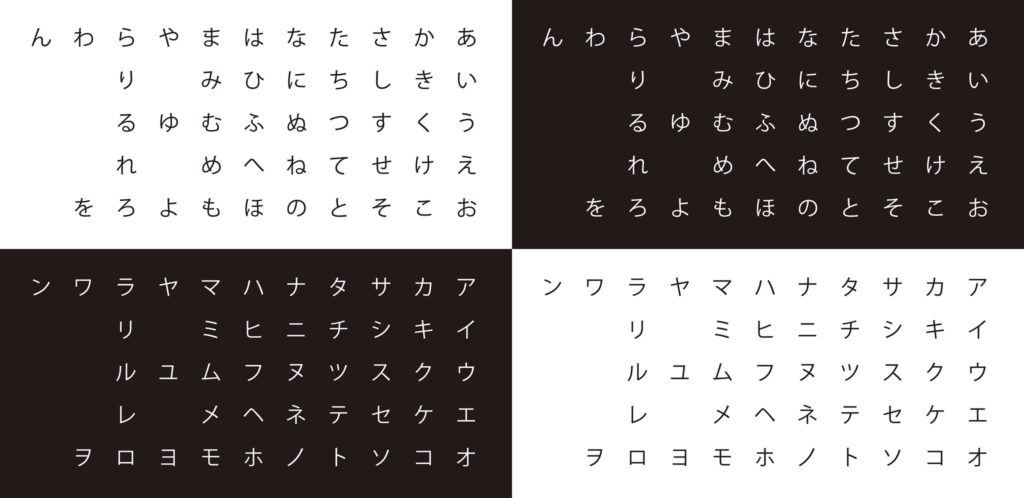
Understanding Kanji and Kana
The language of Japan is known as Nihongo (日本語). Early Chinese documents from the 3rd century record the existence of some Japanese texts that appear during the 8th century. The Chinese language had a significant influence on the phonology and vocabulary of Old Japanese during the Heian period (794-1185). There were some changes to the language from around 1185-1600 that included some European loan words. The early 17th century in Japan saw the change of the standard dialect from the Kansai region to Edo (modern day Tokyo). By the end of Sakoku, Japan’s self-imposed isolation in 1853, there was a noticeable proliferation in loan words from English and European languages that made the Japanese language quite similar to the modern Nihongo.
The spoken and written forms of Japanese may not be as difficult to learn as some may think. Here are some basic facts to keep in mind about the Japanese language.
Kanji
Kanji are basically Japanese characters and is one of the three writing systems in Japanese. The other two are hiragana and katakana. Hiragana and katakana, when combined, are called kana.
Kana are the cursive and print alphabet of Japanese, a phonetic syllabary system, while kanji are Japanese symbol representing entire words.
Kanji symbols can stand alone, or be combined with other kanji or kana to create more words, ideas, or even turn kanji into a verb. The pronunciation and readings of the words vary depending on what other kanji or kana they are connected with, this is the challenging part. Although it makes the reading part easier. Even if you don’t know how to correctly pronounce the kanji, you can still recognize its meaning and get the idea of the sentence.
Brush up on your Japanese language skills and visit our KCP NihonGO! learning channel:
Hiragana vs. Katakana
Kanji (with about 2,000 characters), originated from China. Once mastered, it will allow you to understand most of the words in Japanese. Hiragana and katakana are the two Japanese native writing styles.
English also has two writing systems that read exactly the same way, print and cursive. Writing any letter in the English alphabet in print or cursive doesn’t change it. Hiragana and katakana are two different ways to write the same thing. It doesn’t matter if it’s hiragana or katakana, they both represent the same sound and character.
Main difference between hiragana and katakana
Hiragana is the most commonly used, standard form of Japanese writing. It’s used on its own or in conjunction with kanji to form words, and it’s the first form of Japanese writing that children learn.
Hiragana consists of a mere 46 compared to Kanji. The characters are very simple two to three strokes of a pen and is curly like English cursive. It’s the standard way to write for clarity and understanding.
Katakana, on the other hand, is similar to print being more sharp and blockish in appearance. It is mainly used for foreign loan words and also has 46 characters, very similar to Hiragana. Once you master Hiragana, Katakana will be remarkably simple to learn.
The Japanese language doesn’t have a future tense. This allows you to completely rethink the grammar rule of tenses. This may seem quite confusing, but when learning a new language, it can be a blessing. Without the future tense, the Japanese language is more straightforward than other languages. By omitting this one rule, the context of what the speaker is implying comes out clear.
Spoken Japanese is intensely tonal. Changing your stress of pitch does not change the meaning of a word. It also has only about 46 phonetic characters with a single possible pronunciation.
Learning Japanese symbols are not as difficult as you may think. It’s a lot easier than learning English! This makes Nihongo a fairly easy language to speak.
NEW! Enroll in our self-paced hiragana and katakana course by our partner, Japan Fuji: The Japanese Writing System: An Introduction to Hiragana and Katakana


